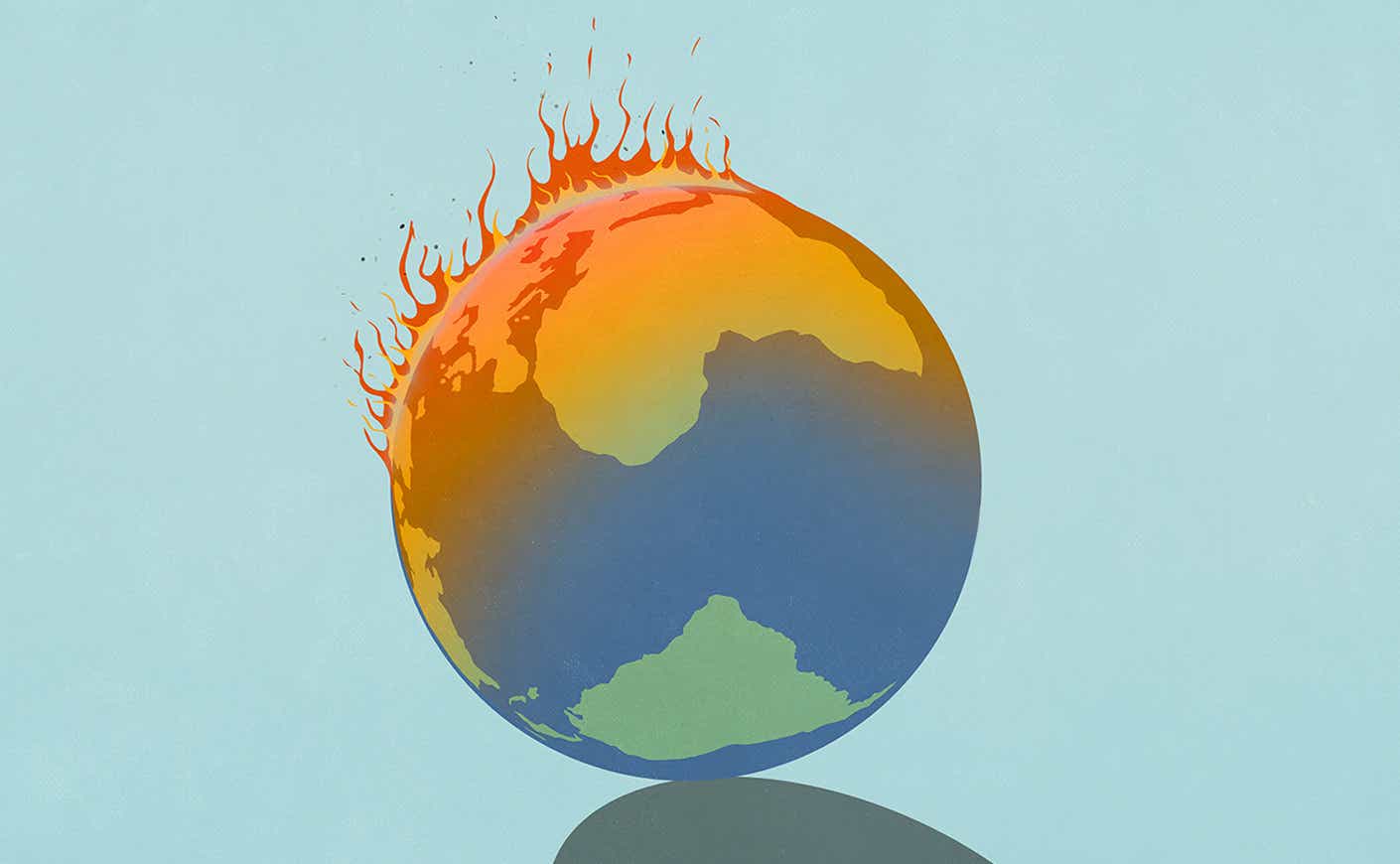With temperatures soaring well above 100 degrees, a record-breaking heat wave has taken hold of California, sparking wildfires and pushing energy sources to the brink.
California Independent System Operator, which manages most of the state’s power grid, said Tuesday that peak demand is already over 52,000 megawatts (only slightly below the state’s maximum capacity of 56,000 mg). This came a day after the grid operator issued a Level 3 energy emergency alert and began rotating hours-long blackouts in some areas, including Palo Alto and Alameda, to prevent potentially longer power outages.
“This will be essentially the worst September heat wave on record, certainly in Northern California and arguably for the state overall,” UCLA climate scientist Daniel Swain said in a Twitter Spaces discussion Tuesday.
Of course, the Golden State isn’t alone in facing the threat of climate change. Here’s a breakdown of how extreme weather is taking a toll both in the U.S. and around the world.
The new normal?
Several heat records have already been set across the West this week alone. Sacramento hit a historic high of 116 degrees on Tuesday, while Salt Lake City saw 104 degrees and Billings, MT, reached 100 degrees. Though temperatures in some of these locales dropped slightly on Wednesday, the extreme heat is supposed to last through the rest of the week, and residents in these states are urged to conserve energy.
Unfortunately, these hot and dry conditions will likely have far-reaching effects. Several wildfires have erupted throughout California over the past week, with at least four people dying in two blazes that burned thousands of acres of land. What’s worse is that this region could soon be hit by Hurricane Kay, a Category 2 storm that’s developing along Mexico’s Pacific Coast. Other parts of the U.S. are also facing extreme weather events: Excessive flooding in Jackson, MS caused the city’s water supply to become undrinkable.
Widespread heatwaves and unusually heavy downpours are causing similar disasters worldwide. Temperatures soared above 120 degrees in Pakistan, and the U.K. surpassed 104 earlier this year. Meanwhile, a massive typhoon in South Korea killed several people trapped in an underground parking lot, and parts of Bangkok experienced flash floods due to the rising Chao Phraya River.
Climate scientists believe surging temperatures are part of a larger patten that’s being fueled largely by greenhouse gas emissions — since pre-industrial times, human activities have caused global temperature to increase by about 1.2 Celsius. Even though climate change may seem like a far-off future to some, it’s already impacting millions through these and other crises around the globe.
Heat on the horizon
The planet is expected to continue to get warmer over the next couple of decades, potentially leading to even more infrastructure breakdowns — and humanitarian disasters.
According to the National Oceanic and Atmospheric Administration, Earth’s average temperature could be between 2 degrees and 9.7 degrees Fahrenheit warmer in 2100 than it is today. That’s especially worrisome when you consider the heat’s ability to intensify storms, such as seasonal patterns like El Niño and La Niña. In fact, a 2019 study found that climate change had a measurable worsening effect on El Niños.
But that doesn’t mean all hope is lost. Earlier this month, President Biden signed into law a spending bill that invests roughly $300 billion in climate and energy initiatives. In the meantime, there are also ways to mitigate climate-related disasters, such as building better infrastructure to make cities more resilient to heat. According to the Environmental Protection Agency, this could range from building roads and bridges with more heat-resistant material to planting more trees to combat rising temperatures.
“Sound urban planning that includes measures for adapting to extreme heat in both the short- and long term is an effective way for cities to respond to the heat island effect while fulfilling their mission to protect and provide vital services to the community,” the EPA writes.









